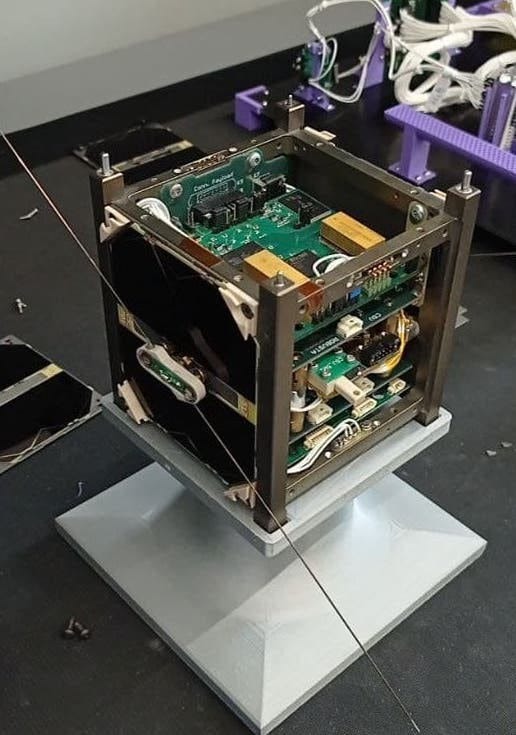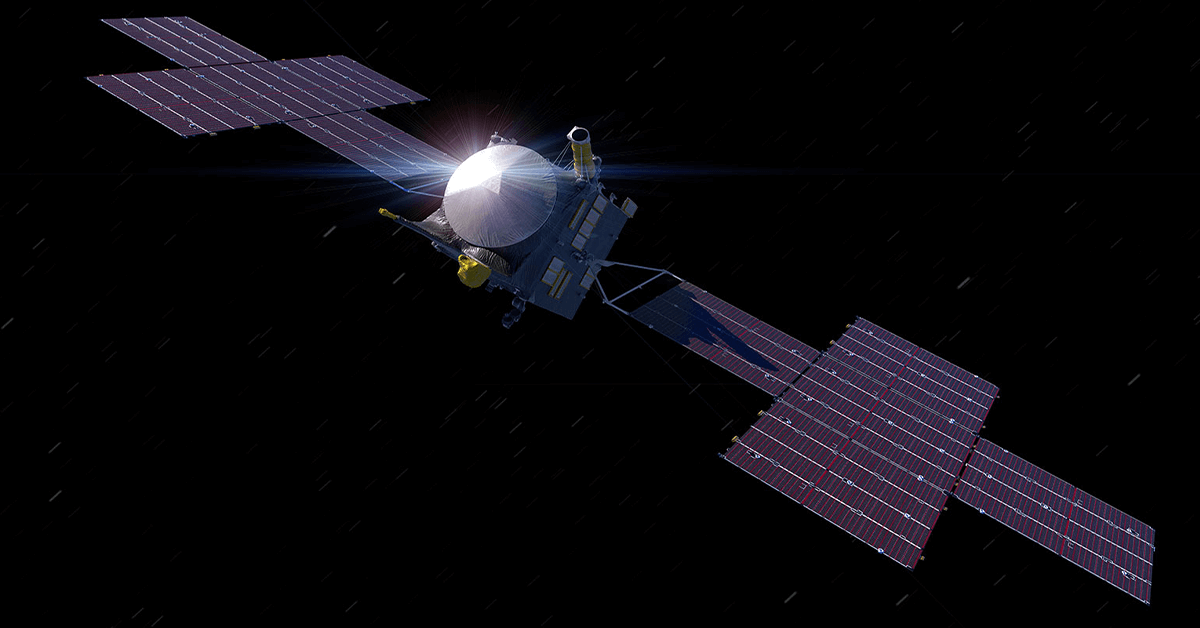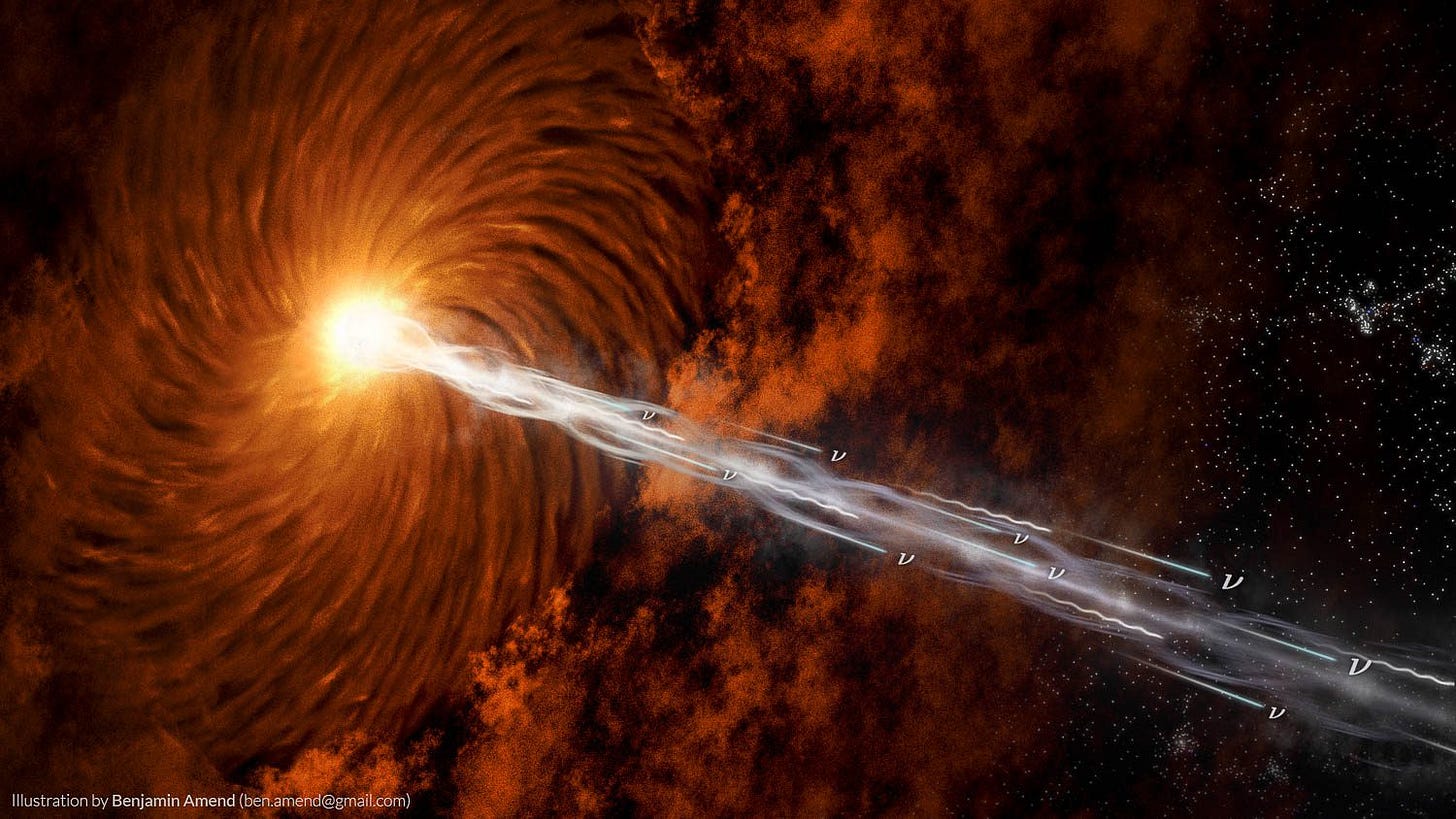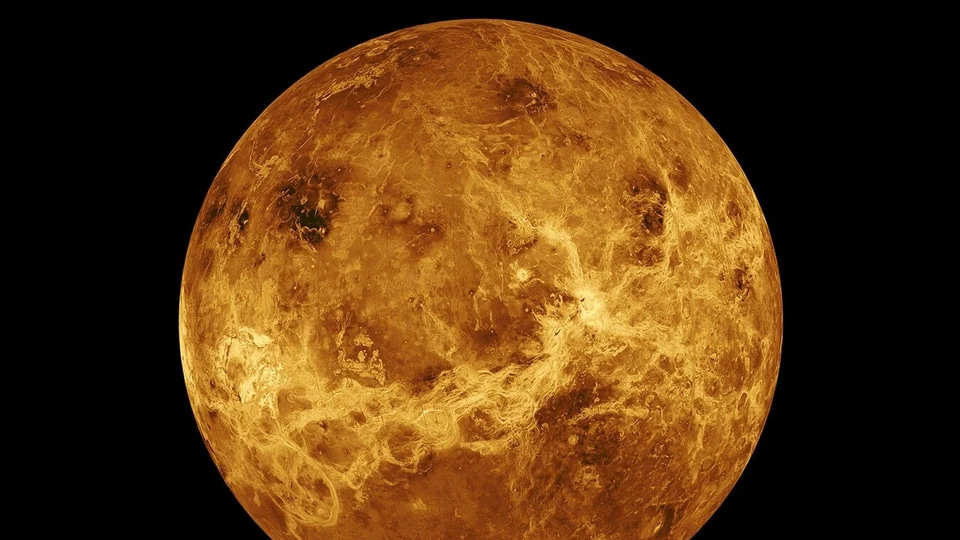Monthly Space News Recap - November 2023
Top 5 of the month's most interesting space updates
Djibouti launches its first satellite
The Republic of Djibouti, a small country in Africa with less than 1.2 million population, successfully launched their first ever satellite into space. The satellite Djibouti 1A (a weather satellite) was built by Djibouti and launched by SpaceX. The launch took place from the Vandenberg Space Force Base in the USA.
Hubble and Webb combine data to create insightful view of merging clusters
Scientists around the world have been trying to get a detailed view of the MACS0416 for years. The MACS0416 are a pair of colliding galaxy clusters that will later merge to form a larger galaxy cluster in a few million years. This is why NASA decided to combine the powers of the James Webb Space Telescope and the Hubble Space Telescope - 2 of the best telescopes in space. The visible wavelength data was collected from Hubble and combined with the infrared data from Webb. The result was a highly insightful mass of data that could help scientists around the world to find a whole lot of answers to the mysteries of galaxy cluster formation, the age of early galaxies and more.
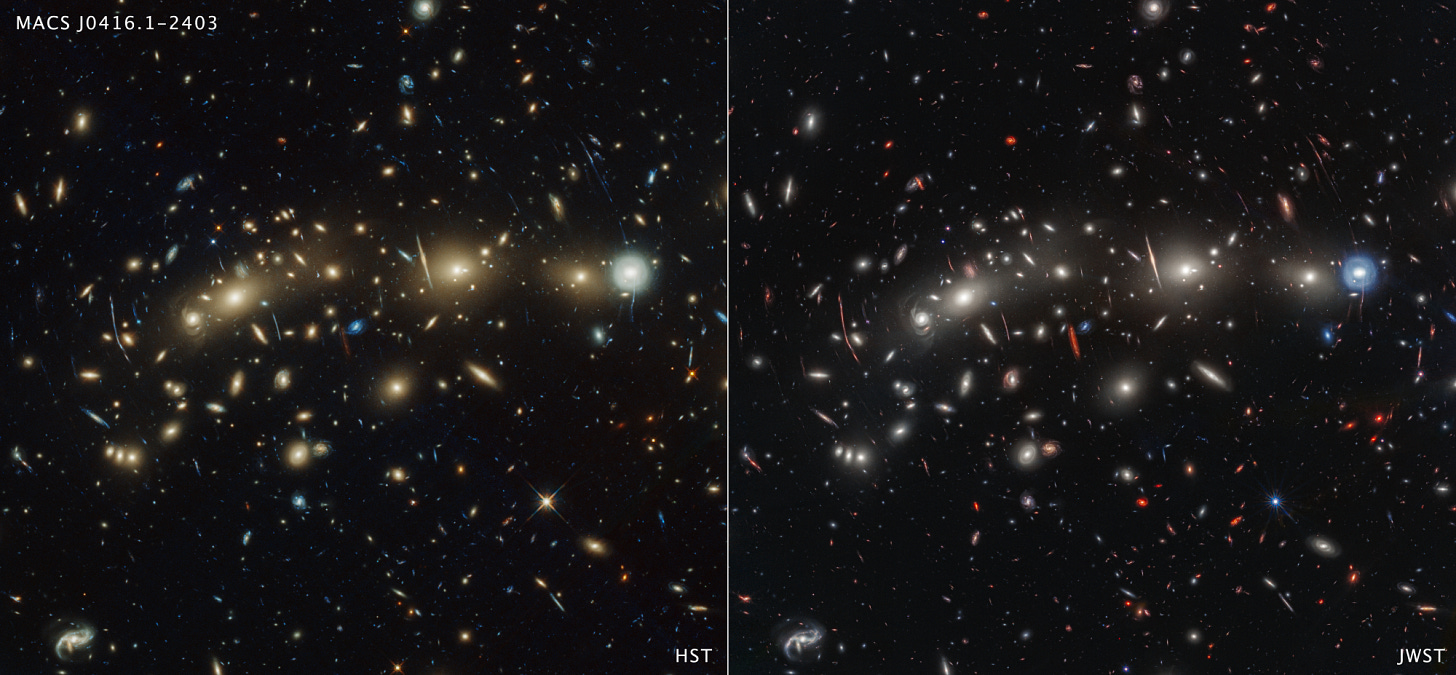
NASA’s new light-speed communication experiment tested successfully
NASA’s Deep Space Optical Communications (DSOC) experiment that was recently launched aboard the Psyche spacecraft was successfully tested recently. The DSOC is an experiment designed to test laser communications in space. Laser communication is a form of communication using lasers instead of radio waves in outer space. Since lasers are essentially light beams, they travel at the speed of light. They also have a higher bandwidth compared to radio waves. This means that laser communications can transfer larger amounts of data in a much shorter time period. The experiment was conducted recently when a signal was transmitted from the spacecraft back to the Earth for the first time. This shows that laser communications could be a new revolution.
Scientists trace origins of mysterious cosmic ray to nowhere
In 2021 an extremely high energy cosmic ray was detected. Named the Amaterasu particle, this ray was the second most energetic cosmic ray ever detected. At the time the origins and specific nature of it were not completely understood. Last month, scientists working on the Telescope Array Project observatory in Utah, United States were finally able to trace the ray to its origin. But what they found was quite surprising. The region from which the ray originated was an empty void. The ray appears to have come from nowhere. Scientists around the globe are still trying to make sense of this mystery.
Glaciers found on mercury suggest possible life
Scientists studying mercury discovered glaciers under the surface of its poles. Unlike other glaciers, these are made of mainly salt than water. Experts believe that these glaciers could create conditions necessary for life under the ground of the small planet. However, this is only a theory right now and has not been confirmed yet. This discovery however shows that glaciers can form on any planet be it hot or cold.


